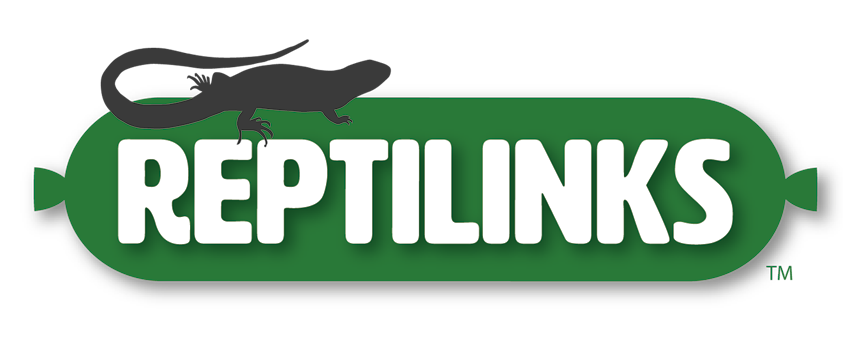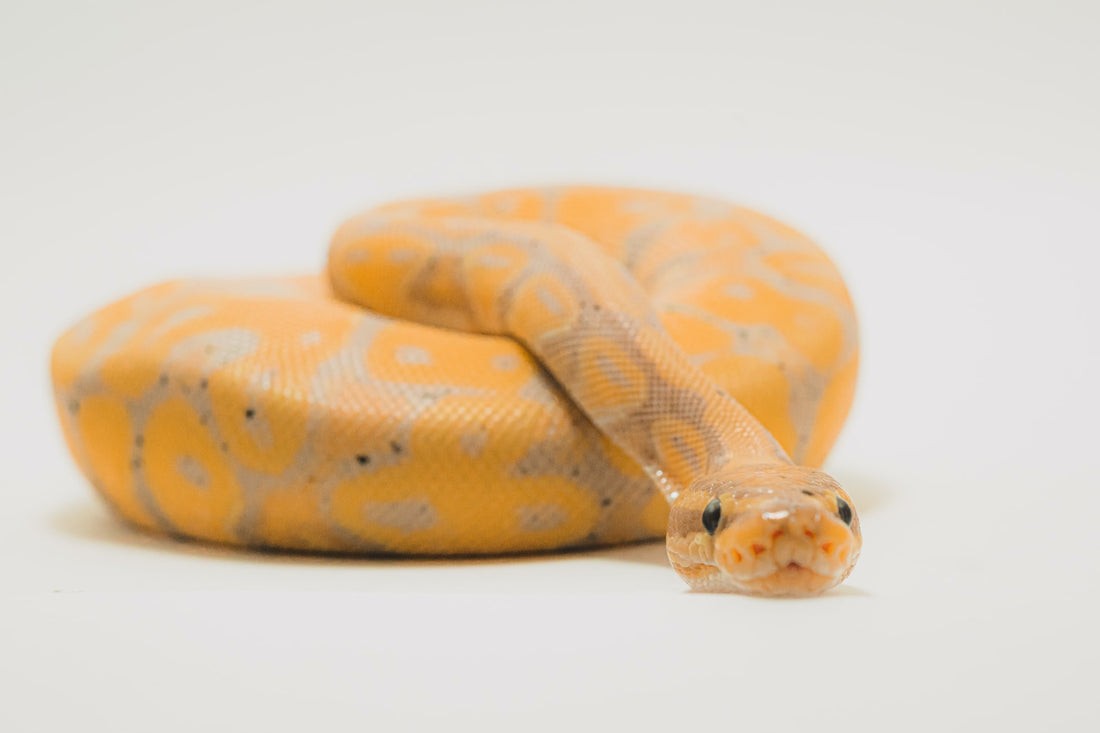Is Your Ball Python Not Eating?
Ball pythons are fascinating creatures and one of my all-time favorite unusual pets. You might not expect this from a creature without any arms or legs, but they’re perfectly evolved to survive in harsh tropical environments.
Here’s what I mean:
In addition to enabling them to hide in hard-to-reach places, a lack of limbs helps ball pythons conserve energy and body heat. This is extremely helpful for an exothermic reptile that often has to wait several days, weeks, or even months without food in the wild.
But what about pet ball pythons? Since they’re not in the wild, there’s no need for them to go so long without eating— in fact, many owners like to feed their pythons once a week to help them grow longer. But any experienced ball python keeper will tell you that their pets will occasionally go off their food for a long period of time.
So if your ball python won’t eat, keep reading to learn some common reasons why, as well as some methods you can employ to get your pet to start chowing down again!
Environmental/Seasonal Changes
Since they’re exothermic animals, ball pythons are incredibly susceptible to changes in their environment. This is why it’s so important to house them in an enclosure that meets all their needs.
Here are some characteristics for an ideal ball python enclosure:
- Made from PVC or glass
- Approximately 3’ x 1½‘ x 1’ dimensions
- 85-95°F hot hide
- 70-80°F cold hide
- 40-70% humidity
- Easily accessible water dish
- Appropriate substrate (more on this below)
If your ball python isn’t eating, the first thing you should do is check to see if its enclosure has all of these features. Depending on your budget, location, and current setup, some of these factors can be harder to maintain than others.
- PVC is better than glass at retaining humidity, but your options for heating elements are limited. You may prefer a glass enclosure if you plan to use (or are currently using) under-tank heat sources. However, it’s easier to install a radiant heat panel on a PVC enclosure. Remember to connect all heat sources to a thermostat!
- Substrate plays a monumental role in the health and well-being of your pet ball python. We recommend using coconut fiber, orchid bark, and sphagnum moss mixed in. Avoid using aspen, sand, and/or artificial turf.
- Adding more sphagnum moss can improve the humidity in your enclosure, as can adding a larger water dish. Generally speaking, you should avoid using a reptile fogger but should perform daily misting around the tank. Don’t add too much moisture to the substrate or get your ball python wet!
- A mostly empty enclosure can stress your pet to the point where it won’t feel comfortable enough to eat safely. This is one of many reasons why reptile enthusiasts like to keep them in bioactive enclosures. Although it’s not necessary, many report that this improves their pet’s appetite.
Temperatures and humidity can be difficult to get right, especially if you live somewhere with extreme seasonal changes. Remember to check these on a weekly basis at least!
Type of Food

What if your enclosure is set up correctly but your ball python still isn’t eating? Another potential culprit is the food you’re offering them; after all, these snakes are notoriously picky eaters. For this reason, we recommend that you only feed your pet ball python whole mice or rats.
- It’s important to pick the right size rodent to feed your pet; after all, they’re not exactly known for chewing their food! Make sure your pet’s food source is no bigger than the widest part of the ball python’s body. When in doubt, opt for the smaller mouse to be safe.
- Never feed your ball python wild-caught rodents. They almost definitely contain parasites that can make your pet very sick. Instead, go to a pet store or order them from a reputable pet food distributor.
- Past a certain size, some keepers prefer to feed frozen thawed mice or rats instead of live prey. This will prevent it from biting or scratching your pet ball python, which could potentially cause infection.
- Make sure to properly thaw and heat any frozen feeder mice or rats. Ball pythons are sensitive to the temperature of their food, since it can have a significant effect on their body temp.
- If you’ve been trying to feed your pet ball python for a while and the thawed rodent is cooling off, try holding it up to your heat source for a few minutes to warm it back up.
- Scenting thawed rodents can make them more appealing to your ball python’s sense of smell. Some keepers accomplish this by poking a hole in its head to draw out blood. But if you’re squeamish, you can soak the rodent in African Soft Fur Juice the day before feeding instead.
Other Causes
What if you’re using the right enclosure and the right prey item, but your ball python still won’t eat? Consider these other potential causes for your pet’s problematic appetite:
- Consistency: You don’t need to feed your ball python every day; instead, try feeding it once a week at the most. Overfeeding your snake can lead to health issues if they become overweight.
- Breeding season: Unlike hognose snakes, adult ball pythons don’t typically enter brumation. However, it’s possible that your female ball python may be acting strangely due to the breeding season— which can occur between September and March. Even if you’re not actively breeding your ball python, they can still stop eating because of these behaviors.
- Stress: As I mentioned above, snakes of all kinds will get stressed if their enclosures are too big or barren. However, there are other factors that can cause anxiety in your pet ball python.
- If you handle your snake too often or approach it from the top, this can elicit a fear response and may lead to biting.
- If you leave the light on in its enclosure well into the night, you could be interfering with its natural circadian rhythm. Ball pythons are typically nocturnal, so it’s important to maintain a day/night cycle in their enclosure.
- Shedding: As a ball python grows, they will regularly shed their outer layer of scales. You’ll know when your pet is getting ready to shed if their eyes start turning blue; this limits their visibility and makes them less likely to eat. Make sure its enclosure has enough humidity to ensure a healthy shed and your pet should be ready to eat again soon.
- Illness: Proper animal husbandry is essential to raising a happy and healthy ball python. If your snake doesn’t want to eat but none of the above situations apply, it’s possible that it may be experiencing some kind of illness. Some issues will have external symptoms, such as scale rot or mites, while others are harder to detect, like parasites or respiratory infections.

Since many of these issues are hard to detect and more nuanced to treat, the best thing you can do for your pet in these cases is take it to a vet. Please don’t try and take matters into your own hands— especially if you suspect an illness or an improper shed!
Sources
- https://www.sciencedirect.com/science/article/abs/pii/S0944200607000372?via%3Dihub
- https://web.archive.org/web/20200528165407/https://biology.ucr.edu/people/faculty/Chappellpubs/PDFfiles/JCPBballpython.pdf
- https://www.thebiodude.com/blogs/bio-activity-with-your-pets-how-does-it-work-with-mine/bioactivity-and-ball-pythons


